As global financial markets attempt to regain their footing, attention is firmly turning toward how China plans to support its economy amid ongoing tariff tensions, and whether the corporate world can maintain stability under the weight of shifting trade dynamics.
This week is particularly significant, as finance leaders converge in Washington for the Spring Meetings of the International Monetary Fund and the World Bank. These discussions take place at a time when concerns about U.S. protectionism and global cooperation are becoming increasingly pronounced.
China’s Response in Focus
On Monday, China will announce its latest benchmark lending rates. With economic momentum under threat from severe U.S. tariffs—now exceeding 100% in some cases—analysts are speculating whether the People’s Bank of China will respond with its first rate cut since October.
There’s rising pressure for monetary stimulus to counteract the impact of the trade conflict. At the same time, economic headwinds elsewhere in Asia are also coming into play. Indonesia’s central bank meets midweek, navigating the difficult path between a struggling economy and a depreciating rupiah.

Tech Giants Take the Stage
Quarterly earnings season ramps up this week, with Tesla and Alphabet set to lead a string of reports that could reveal how U.S. firms are adapting to the new trade landscape. These tech heavyweights—part of the so-called "Magnificent Seven"—are facing increased scrutiny, not least due to their investment in AI and ties to policy-makers.
Tesla’s performance will be closely watched, especially as its share price has suffered notably this year. Analysts and investors alike will be monitoring executive commentary for clues about the operational impact of escalating tariffs.
Major firms such as Boeing, IBM, Merck, Intel, 3M and Procter & Gamble are also set to report, while United Airlines has already warned of potential financial risks if a recession takes hold in the U.S.
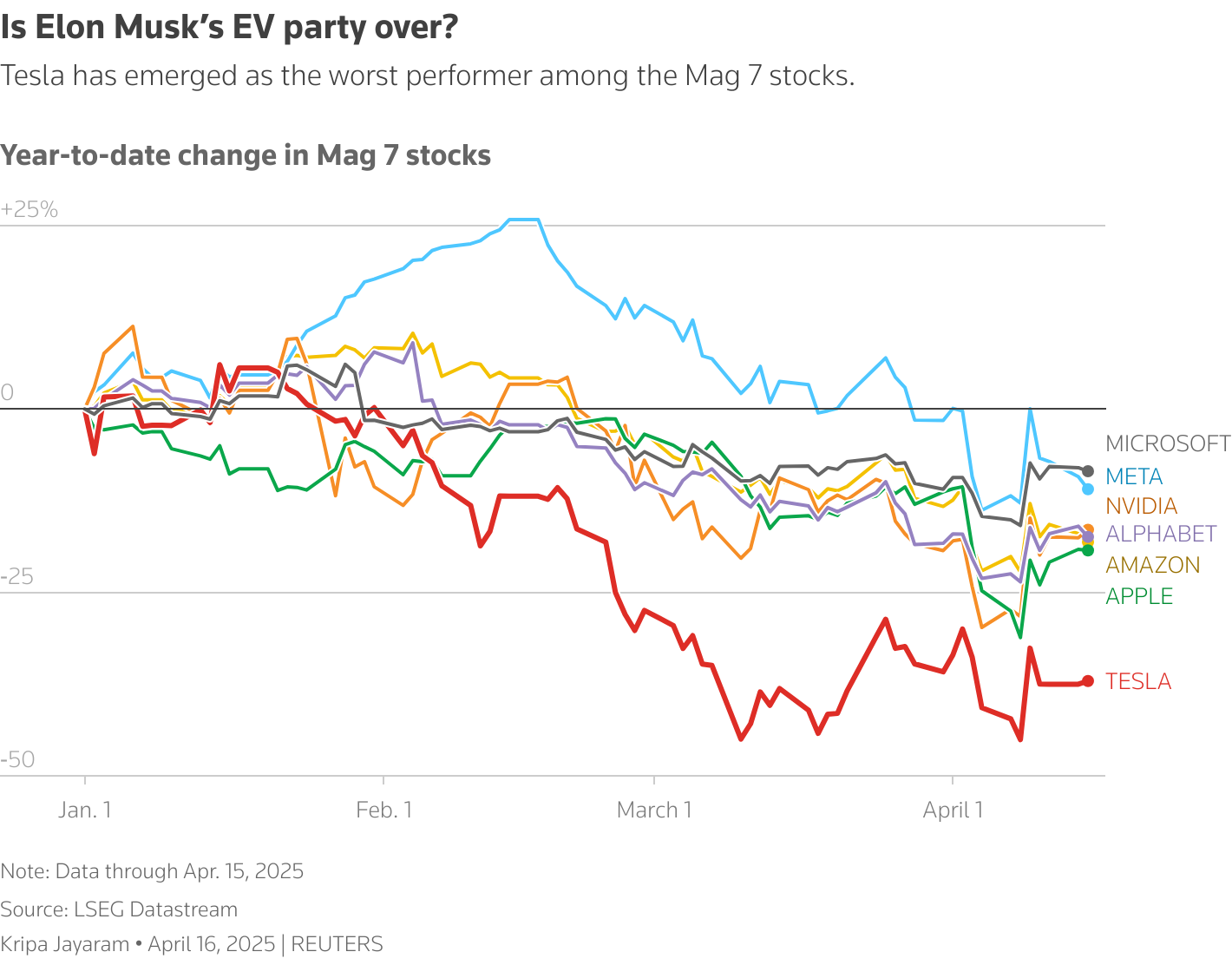
Inflationary Pressures Mount
Flash Purchasing Managers’ Index (PMI) data for April, due on Wednesday, will provide early insight into how tariffs are affecting input costs. S&P Global’s U.S. manufacturing input price index is of particular interest, having already registered its steepest rise in nearly two years last month.
Although some investors expect interest rate cuts from the Federal Reserve this year, inflation concerns are tempering those expectations. The coming PMI figures may well influence market sentiment on the likelihood of any policy easing.
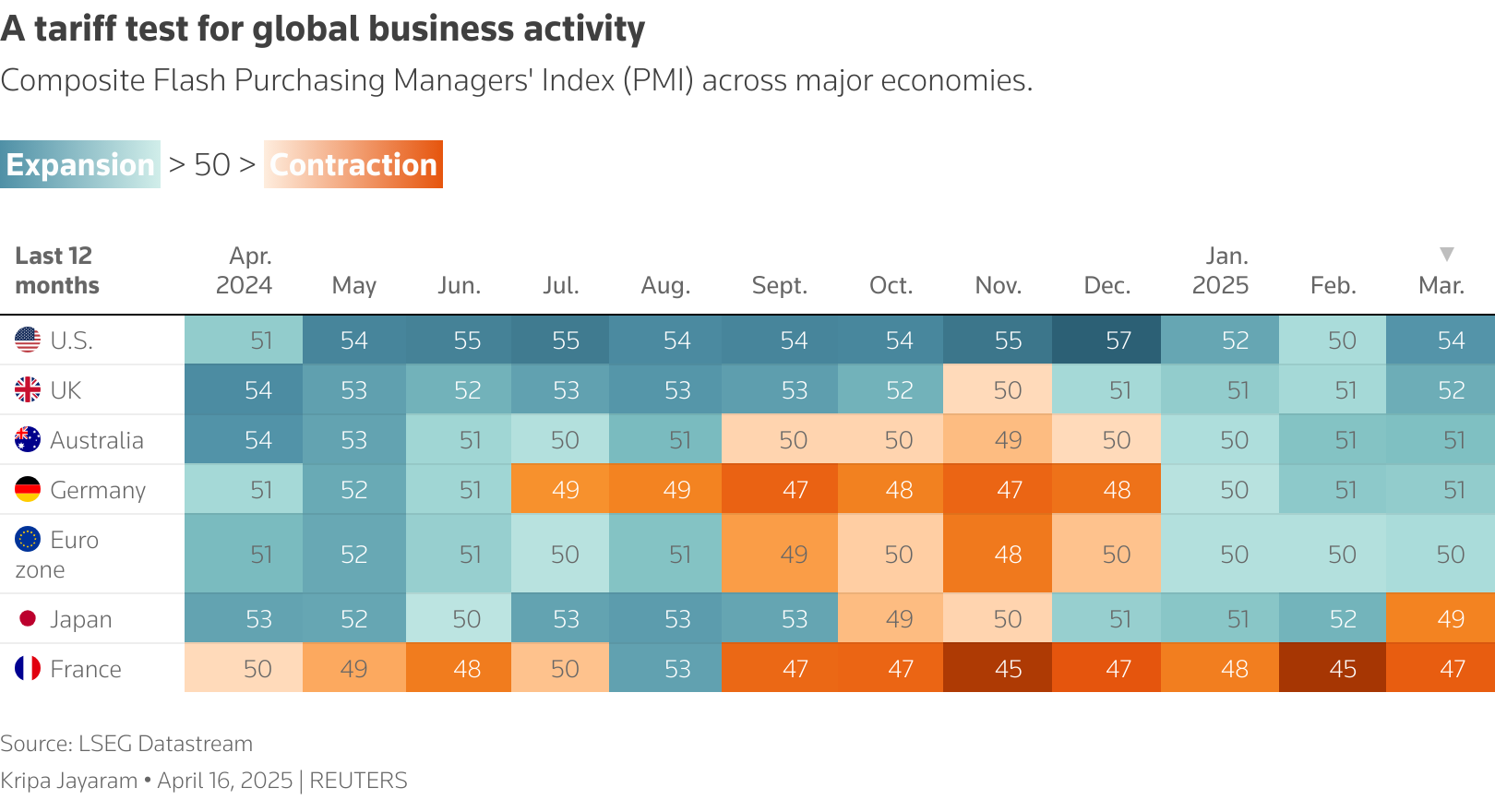
Eyes on Washington
Washington D.C. will be a hive of activity as global finance ministers and central bank chiefs gather for IMF and World Bank meetings. Trade tensions, subdued growth forecasts, and employment issues are set to dominate discussions.
The IMF will publish its updated global economic outlook on Tuesday. Managing Director Kristalina Georgieva has already issued a warning that U.S. tariffs present a “significant risk” to the global economy, calling for renewed international cooperation.
How the U.S. plans to engage with multilateral institutions like the IMF and World Bank moving forward is another key area of interest, particularly as the Trump administration's stance on global economic governance remains ambiguous.
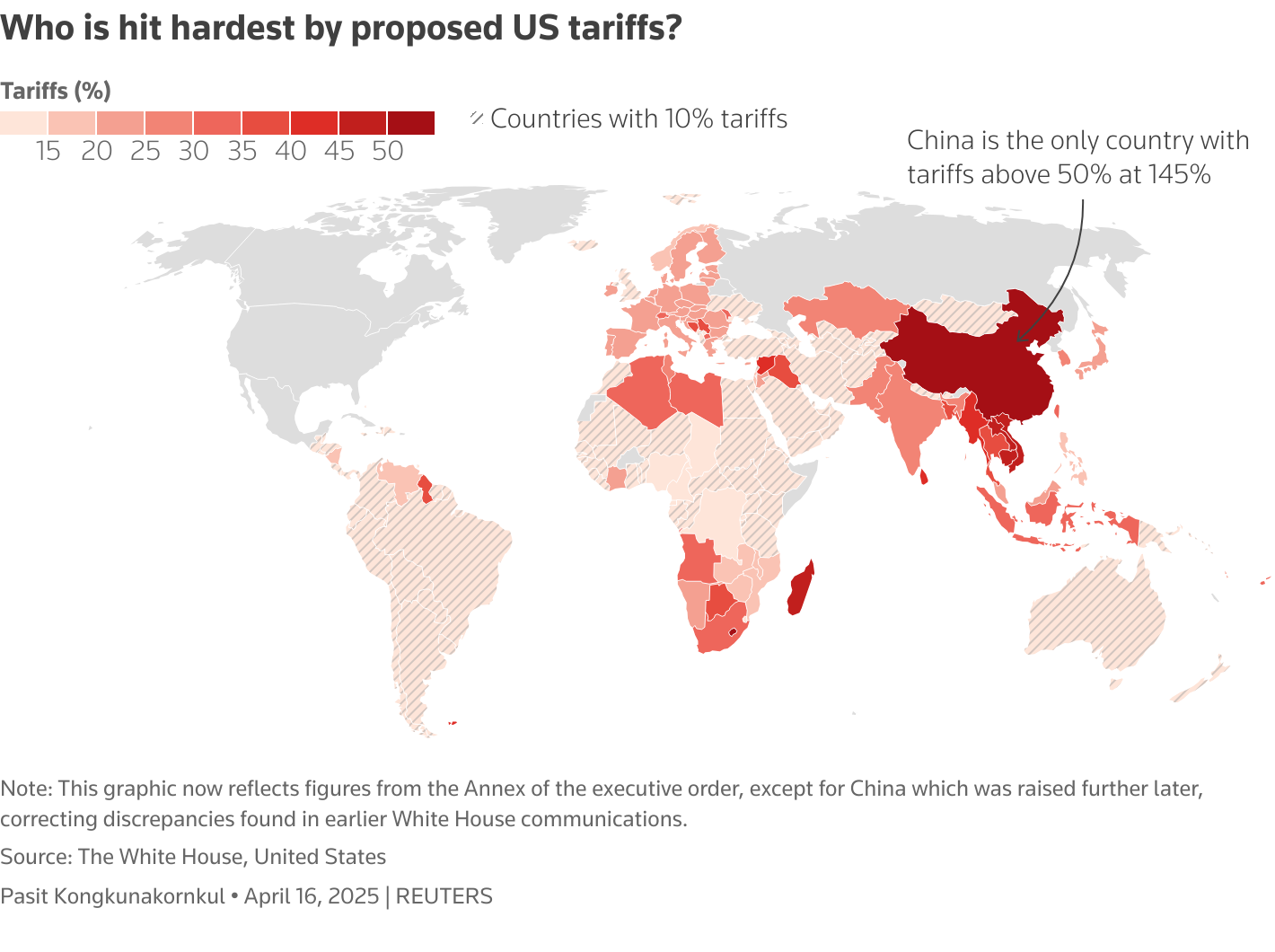
Market Jitters Linger
While markets have shown signs of stabilisation—Wall Street has rebounded from its recent lows, and Treasury market volatility has eased slightly—investors remain cautious. The U.S. dollar is on track for its worst monthly performance since 2022, and foreign investors have pulled out of American equities in record numbers over the past two months.
Speculation continues around possible changes to auto tariffs, but the broader picture remains one of uncertainty. Deutsche Bank has warned that a permanent reallocation of foreign investment away from the U.S. could result in a substantial outflow of dollar-denominated assets.
The road to recovery is rarely straightforward. In today’s unpredictable environment, confidence is fragile—and policy decisions made in Washington could well define the next chapter for global markets.
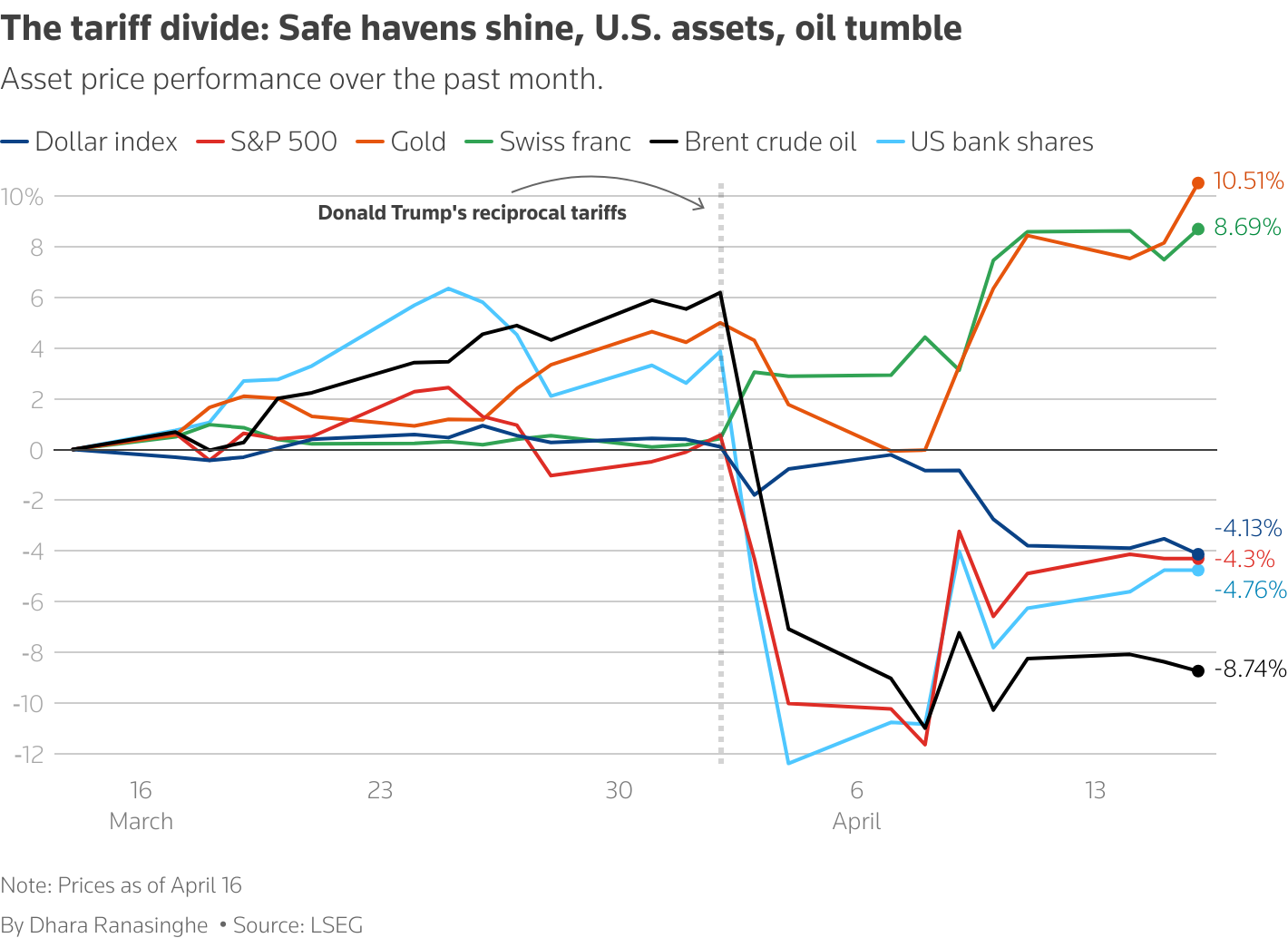



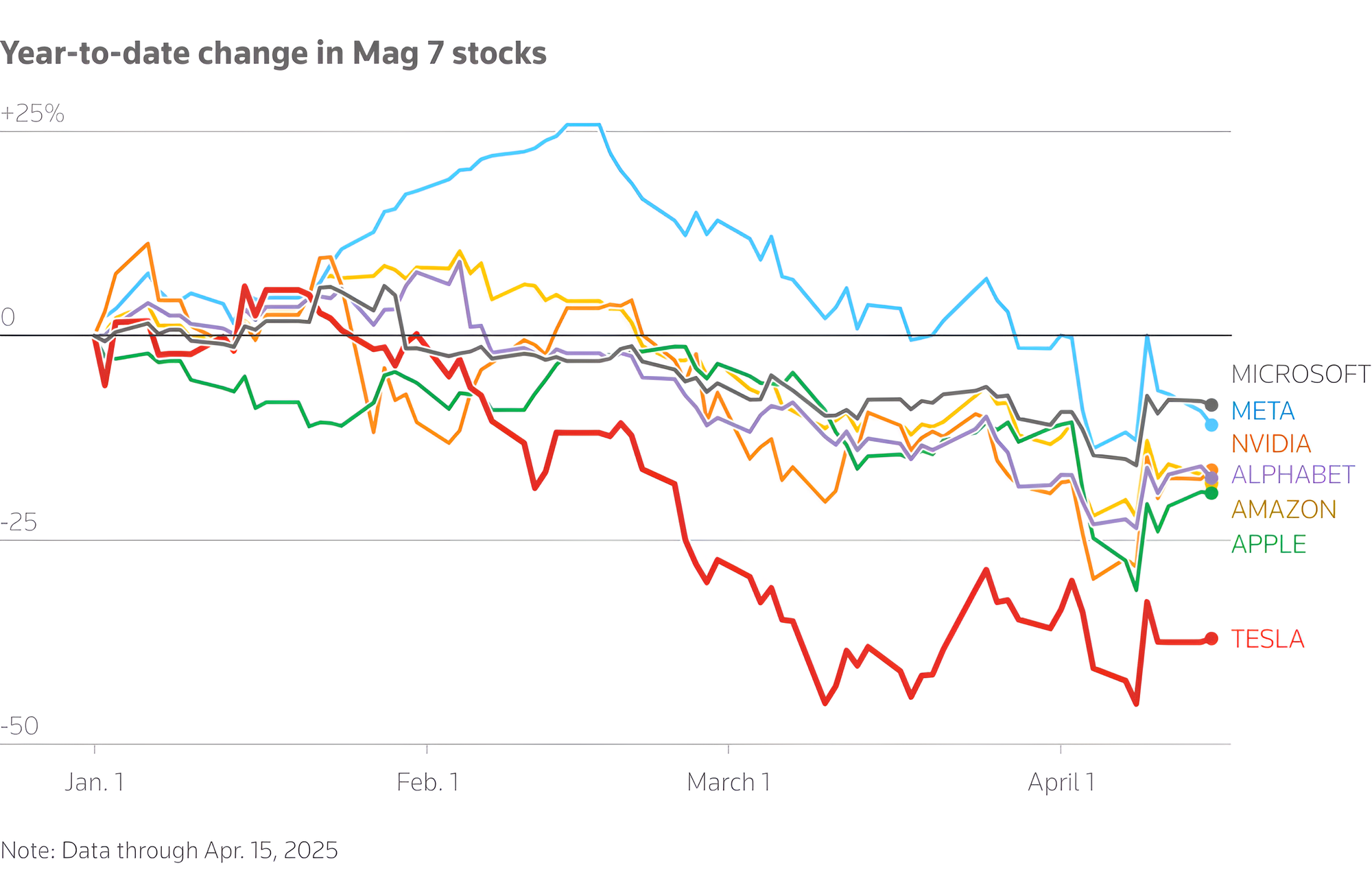

















Discussion